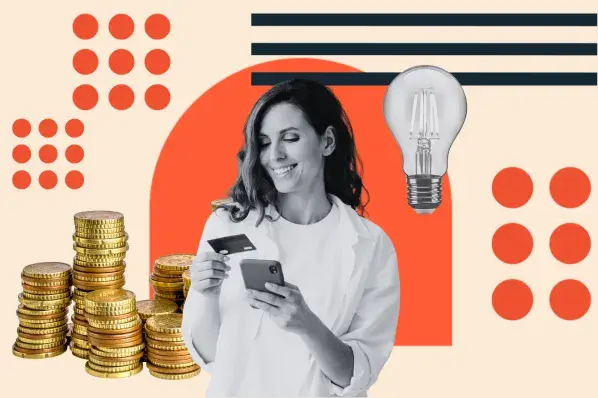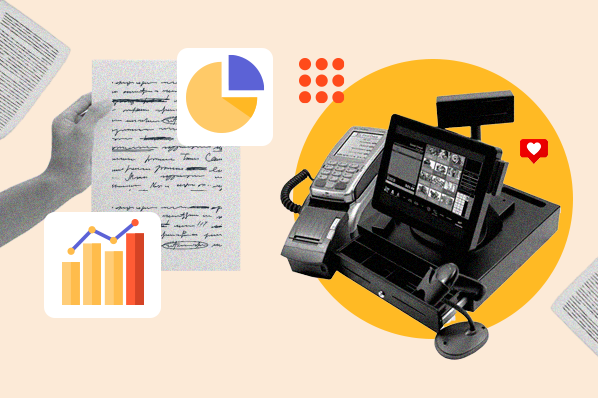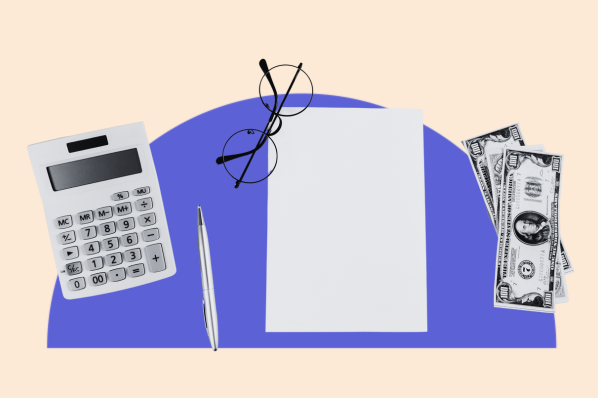To win in today’s market, you need all decisions to be well-thought-out — and that’s what creating a customer acquisition funnel will help you with.
Table of Contents
What is a customer acquisition funnel?
A customer acquisition funnel is a path that a potential client goes through from learning about a company’s product or service to becoming (and, ideally, staying) a customer.
It has four main stages: awareness, consideration, conversion, and retention, which I discuss further in this article. By knowing which phase a potential client is in, companies can tailor their marketing strategies, sales processes, and communication tone accordingly.
The reason why it’s called a funnel is because it resembles one. You start off with a broad group of potential clients, which becomes smaller and smaller as leads start learning about your offer and, ultimately, convert into clients.
The Importance of the Customer Acquisition Funnel
As someone who runs a business, here are the top reasons why I believe it’s important to have a customer acquisition funnel.
It helps everyone work towards a common goal.
Most humans understand things better if we can visualize them (I know I do). This is one of the perks of creating a customer acquisition funnel.
You can map out the different stages, explain their key characteristics, and create a code of conduct for your entire team. For example, they’ll know that they shouldn’t push for a sale when a lead is still familiarizing themselves with your brand — and, conversely, will know when it’s time to act.
You can spot and act on opportunities faster.
Part of creating a customer acquisition funnel is about deciding on the criteria of when a lead is deemed ready to pass to the next stage. You’ll have a scoring system which will let you alert sales reps that a person is finally ready to talk business.
Think of potential clients taking certain actions like visiting pricing pages, using a free trial heavily day after day, participating in a webinar, etc.
You can identify obstacles in the customer journey — and remove them.
If leads drop out at a certain stage or even after viewing a specific asset, you can examine the reasons.
For example, let’s say that you speak to leads who drop out from the pricing page. You find out that they decided to buy from competitors because it was hard to tell what was included in your offer. Knowing this, you could work on a more transparent pricing strategy.
Allows you to forecast revenue more accurately.
Having a customer acquisition funnel gives you the comfort of some predictability in an economy that has been all but predictable these past few years.
Over time, you’ll be able to see how many leads you’ve generated in the previous quarter (or any other relevant period), how many of them went on to each consecutive stage, and who eventually converted.
Additionally, since the customer acquisition funnel also covers post-purchase activities, you’ll see how much you currently make from return buyers and what potential there is to generate sales through cross-selling and upselling to existing customers.
Customer Acquisition Funnel Stages
If you search online, you’ll see that there are different versions of customer acquisition funnels. The reason for this is that some businesses adjust it to fit their unique circumstances or industry.
For the sake of this piece, I decided to show you universal categorization, which all these variations come from.

1. Awareness
This stage begins when someone first learns about your product or service and ends once you’ve been able to make them consider buying from you.
It takes a variety of tactics to generate that genuine interest, which is why some sources break the awareness stage into two smaller phases: discovery and interest.
The “discovery” part is like getting your foot in the door. Your goal is to make them notice your offer through channels like traditional or social media, content marketing, or paid ads, to name a few options.
Once they’ve interacted with your message and want to find out more, you’re in the “interest” substage. Your goal here is to build their engagement through relevant (and non-salesy!) content, for example, by having them sign up for a newsletter or follow you on social media.
2. Consideration
Just like the first stage, this one is also commonly broken down into smaller ones, i.e., “research” and “intent.”
In the first substage, your potential client begins looking for more information about your offer. They might start off by reading testimonials on your page or looking at comparisons, like this Hootsuite vs. Loomly example.
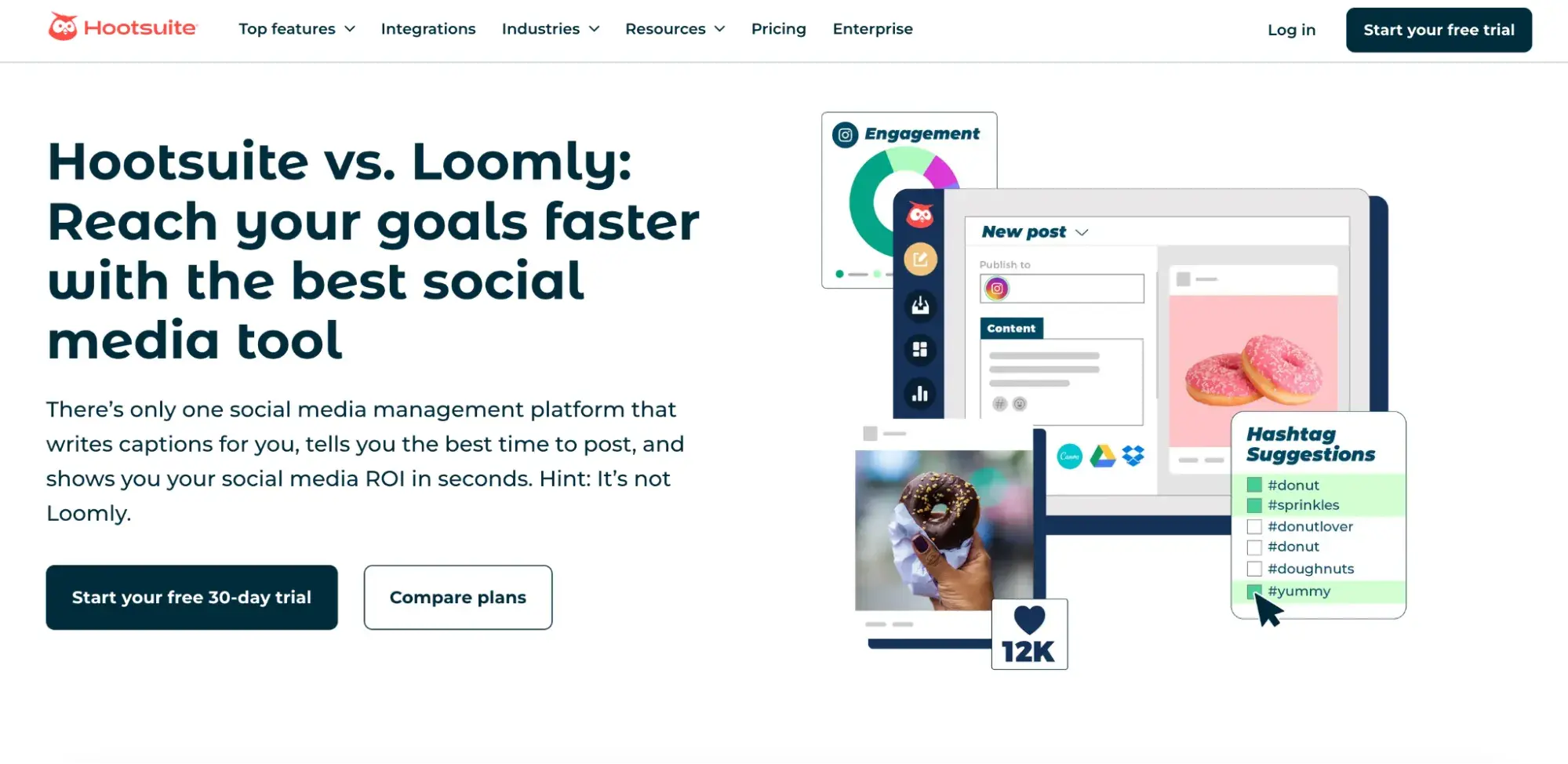
But, after that, they’ll want to turn to third parties for a 100% non-biased opinion, too. They might search for opinions through branded hashtags on social media or on comparison sites like G2 if you’re in B2B. If the opinions are flattering, this will propel them into the “intent” phase.
This late-consideration stage is when things get particularly interesting. How so? It’s a make-it-or-break-it moment, where the lead is almost certain that you’re a good fit for their needs. But the ‘almost’ part means that they need that final argument to take action.
Companies that identify this critical moment correctly usually reach out with a great proposal like a free demo (or free samples) to convince leads to give the product a try. I was surprised to see that only 4% of SaaS businesses don’t offer a free tryout — it certainly hints at something!
3. Conversion
This is where your leads are ready to become customers. It can take them just a few seconds if you’re an ecommerce store, and all it takes is to finalize their purchase.
But, if you offer B2B services, it could be a bit more complex, like adjusting the offer to your client’s needs. Here’s where your sales team should be proactive and show their dedication to making the clients happy.
4. Retention
Yes, retention is an integral part of the acquisition funnel, which makes it different from the classic, three-stage sales funnel which ends with the conversion itself.
This is the end of the sales process but the start of the (hopefully long-term) post-purchase phase. You want to keep your clients satisfied and engaged with your product to secure recurring revenue for your business. Think of offering special discounts and superb customer service. Many businesses also introduce a referral program to get new clients through recommendations and keep customer acquisition costs low.
Now that we’re clear on the theory, it’s time for some practice.
How to Create a Customer Acquisition Funnel
Here are the steps I recommend taking, along with examples of actions you could set up to keep leads moving through the funnel.
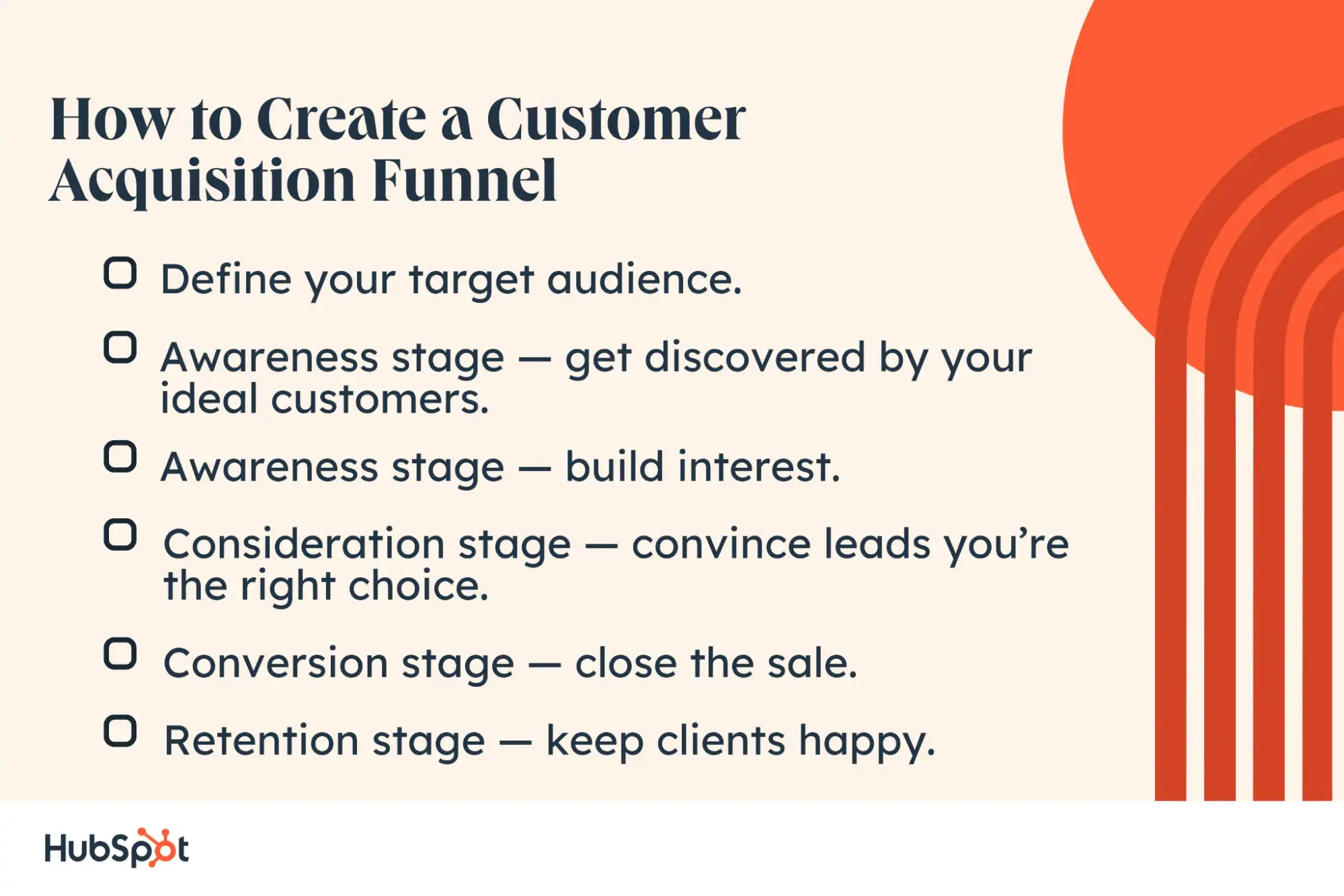
Step 1. Define your target audience.
Before you ideate your acquisition strategy, you need to identify your buyer personas and segment them into groups (that is, if you haven’t done that already).
Think of who your ideal customers are based on data like demographics, psychographics, and their common goals and pain points. I recommend looking at your existing clients, if possible, and checking what common traits your long-term, high-value customers share.
You need to be clear on whom you’re targeting (and where they can be found) as you’ll tailor your entire funnel for these different potential customer groups.
Step 2. Awareness stage — get discovered by your ideal customers.
Consider different channels, both online and offline, where you could cast your net and generate leads. The exact channels will vary based on whether you’re in B2B or B2C, but you could consider:
- Content marketing and SEO. Create SEO-optimized articles, social media posts, webinars, and videos to educate and engage audiences.
- Paid advertising. Use Google and social media ads to reach a wider audience.
- Influencer marketing and user-generated content (UGC). Collaborate with influencers or microinfluencers who fit your buyer persona profile, to increase brand visibility.
- Participating in offline events. This is particularly applicable to B2B businesses. Think of showcasing your services or product at trade shows or being a conference speaker.
Step 3. Awareness stage — build interest.
Once you have the audience's attention, focus on deepening their interest. What works for your buyer persona? Try answering the following, to the best of your knowledge:
- Do your leads like receiving newsletters? Or, maybe, they prefer to get all their content on social media in video format?
- What types of content formats work best?
- Which channels do they spend most time on?
This will help you decide whether you would be better off sending personalized tips via email, sharing free assets, or maybe building social proof by sharing user reviews in your content. If you do the latter, just make sure you don’t push for a sale.
Step 4. Consideration stage — convince leads you’re the right choice.
Think of how you can make your competitors pale in comparison to what you offer. Remember how I said you should give customers a gentle nudge at this point? Give the following tactics a thought:
- Offer a free trial, product demo, or even a free consultation to showcase value. The latter is something a company I used to work for did to win “big” clients over, offering an hourly call with the company’s head of growth. Given that they were a digital transformation consultancy, it worked very well, as leads could see how partnering up could help their business thrive.
- Run retargeting campaigns. That’s especially helpful if you’re seeing that a lot of leads are losing interest at this point. Sometimes, it’s just about reminding them of an abandoned journey; other times, you can sweeten the deal with a discount code.
- Links to comparison resources. This works; I’ve seen it both as a marketer creating such assets, as well as a buyer who needed to see Option A was, in fact, better than Option B.
Step 5. Conversion stage — close the sale.
Now that you’ve encouraged leads to become customers, your main priority is to make it as easy as possible. Be sure to add a clear, visible CTA: “buy now,” followed by a simple checkout process. Remove any unnecessary steps or information to create an enjoyable checkout experience and avoid anything coming in the way.
Step 6. Retention stage — keep clients happy.
Now’s the time to keep your customers engaged to retain them. This part is where your customer service and product teams will have the most influence. For starters, make sure to:
- Build a simple onboarding process. Guide customers either through an in-app onboarding flow (if you offer a digital product) or an email onboarding sequence to ensure they see value quickly.
- Offer perks. Whether that be a full-on loyalty program or occasional discounts, rewards, or exclusive deals, show clients that you appreciate their business.
- Ensure great customer service. This is two-fold. Firstly, it’s about making your real-life or automated support helpful and easily available. Secondly, it’s about considering clients’ unique needs to maintain satisfaction and build loyalty.
Now, let’s see how this could play out in a realistic scenario. We’re going to put ourselves in the shoes of an online fitness coaching business.
Example: Customer Acquisition Funnel for an Online Fitness Business
Step 1. Define your target audience.
Your buyer persona is someone between 30-55 years, who leads a sedentary lifestyle and suffers from a — quite literal — pain point, i.e., back problems. These individuals want to strengthen their core with an at-home routine.
Step 2. Get discovered by the customer.
You publish a blog post titled, “10 Best At-Home, Zero Equipment Exercises to Alleviate Back Pain.” You run a short video ad on Instagram, referring to their struggle, and redirect them to the article for a solution. It’s the first time they’ve ever visited your site — or heard about you.
Step 3. Build interest from the lead.
On the blog, a pop-up appears offering a free “7-Day At-Home Workout Plan” in exchange for the visitor’s email address. After signing up, the person receives a series of emails, one per day, with valuable content such as daily workout tips and nutrition advice. The lead becomes convinced that you’re trustworthy.
Step 4. Convince leads you’re the right choice
On the 8th day, the potential customer gets an offer to join a free webinar with a Q&A session, titled “How to stay motivated in your workouts.” To secure more participants, you run retargeting ads on social media. This way, you remind those who clicked on the webinar page but didn’t sign up for the free, no-strings-attached event.
During the webinar, the fitness coach answers all questions and explains how their premium fitness program works.
At the end, attendees get a limited-time 20% discount for a 12-week personalized fitness coaching program, along with a link. This creates a sense of urgency.
Step 5. Close the sale.
Leads are taken to a simple checkout process. It’s free of any distractions like banners or competing CTAs that could stop them from converting.
Step 6. Keep clients happy.
New clients receive an onboarding email with a video from their coach, introducing them to a private Slack community and a personalized workout dashboard. They also get a link to a calendar where they can schedule their first 1:1 session with the coach.
After completing the first month of the training, they get a 50% discount for a meal plan and a discount code for supplements from partner brands, which complements their fitness journey.
They are also encouraged to join a referral program where they earn $50 for every friend they refer who signs up for the program.
And there it is — just one of the routes leads could take to become happy customers.
If you want to ideate your potential acquisition journeys, HubSpot’s free customer journey map templates will be a great starting point.
Tips to Optimize Your Customer Acquisition Funnel
Your work on the funnel doesn’t end with the stages I’ve mentioned above. As customers’ needs change and new competitors appear on the market, what works today might not work in a few months. That’s why you need to constantly refine your funnel.
How? Here is a list of some great tactics from customer acquisition experts and my own experiences.
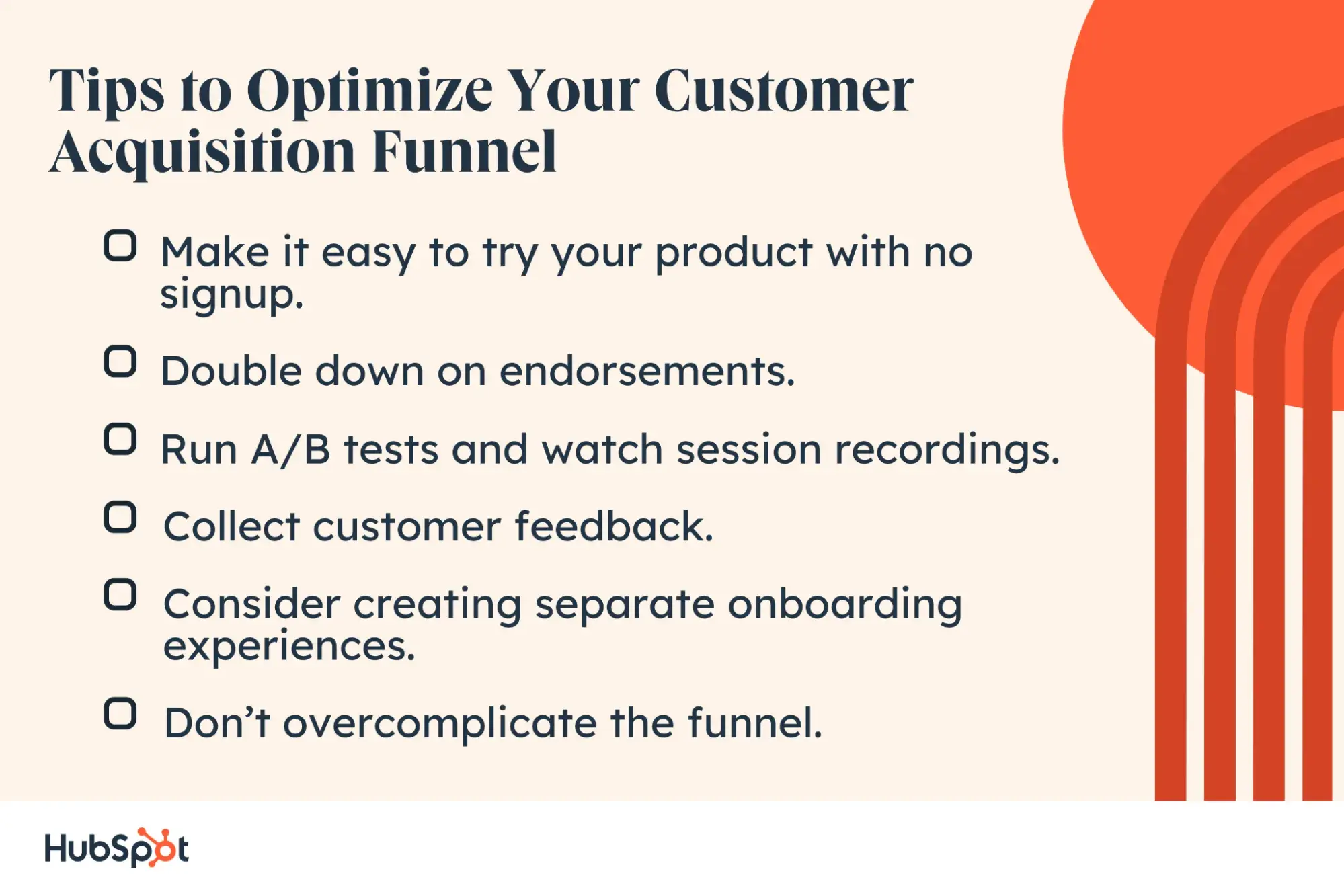
1. Make it easy to try your product with no signup.
I’ll start off with one of my personal favorites, which some customer acquisition specialists refer to as “hinting at the promised land.” It’s about figuring out how you can give a taste of your product, whether digital or physical, to someone who is still far from putting it in their basket.
I believe that Ahrefs can be a perfect source of inspiration. A few years ago, the SaaS company decided to make some of its features free to use on their website, without any opt-in.
The company lets you check three things: How many backlinks your website has, its authority score, and if you have any broken links. All you have to do is enter your website’s URL. Ahrefs shows you the information and tells you that there’s much more on a paid plan, encouraging you to give it a try.
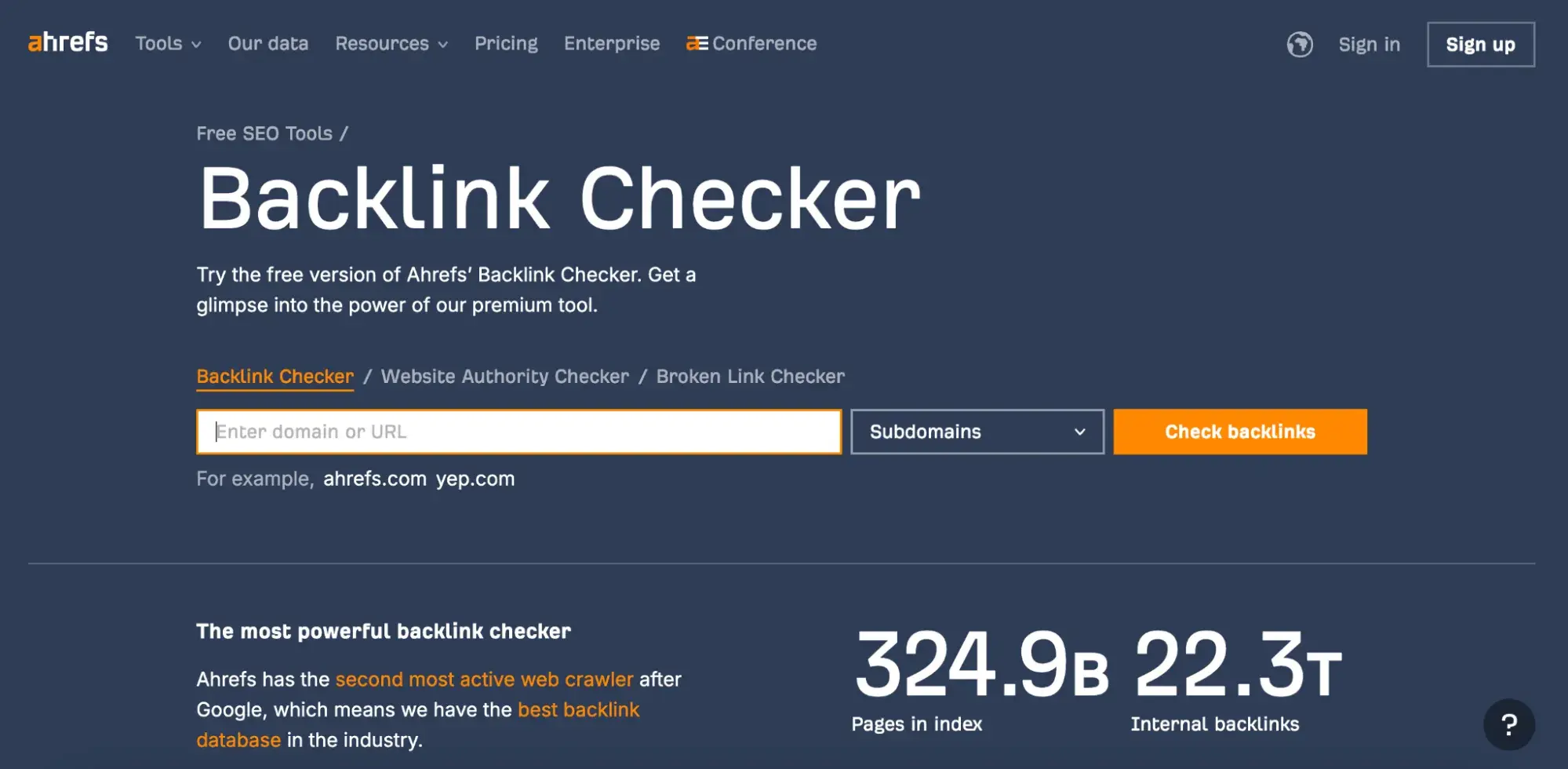
This lets them build leads’ confidence in their product's value, increasing the likelihood that visitors will eventually become customers.
Pro tip: If you offer a physical product, I recommend taking a look at Sephora’s virtual try-on feature. Like Ahrefs, it lets you see a real-life product applied to you.

2. Double down on endorsements.
Getting testimonials from real (unpaid) users is a tip I recommend to all businesses. Yet, I believe there are three groups that can benefit in particular, i.e., those who offer a product that:
- Costly.
- Requires a big-time investment.
- Relates to a big life or business decision.
Leads searching for such solutions don’t want to take any chances that what they buy won’t work for their goals.
Greta Maiocchi, head of marketing and admissions at Open Institute of Technology (OPIT), says that their organization knew this and decided to take endorsements to a higher level. They not only display testimonials on their site but also let potential clients get in touch with alumni.
But how did they get there? Maiocchi says that OPIT first reorganized its customer engagement strategy. “We discovered that our rich learning environment, with benefits like weekly professor meetings and access to tutors, was our rewarding differentiator,” she says.
OPIT started accentuating these perks right from the first interaction with leads, effectively addressing the online learning apprehensions of their target group. “Additionally, we gave a personalized touch by connecting potential students with alumni to give them a real-life glimpse into OPIT.”
This resulted in a 30% rise in conversion rate for the institute, and this happened during the initial inquiry stage itself, Maiocchi adds.
Based on her experiences, Maiocchi sums up: “It's not about overhauling the entire funnel structure; sometimes, nuanced changes can provide exceptional results.”
3. Run A/B tests and watch session recordings.
I recommend using user analytics and usability testing tools because they will shorten the time it takes to understand what’s behind your conversion numbers. You’ll see which parts of your website, emails, or other assets get the most clicks and reads and where they drop out.
This is something I’ve experienced first-hand.
Several years ago, I worked as a content marketer at a SaaS company that decided to include free assets to encourage signups to a freemium plan.
There was a library of 25 free templates, traffic looked great, and the average user session duration was quite long, which hinted that they interacted with the page content. But, for some reason, conversions weren’t impressive.
To figure out the reason, we set up a session recording tool and saw that the reason was rather prosaic.
There was a pop-up that was set up cross-site by sales, which activated halfway through the page. This drew the leads’ attention away from the templates. After excluding these pages from the ongoing campaign, leads began clicking on relevant CTAs and signing up for the freemium plan.
4. Collect customer feedback.
Did you know that, while 81% of brands believe that they have a “good” or “excellent” customer engagement strategy, only 62% of consumers agree?
I think this number is a wake-up call, and companies should make it a habit of asking clients for their opinions.
Sergey Taver, marketing manager of Precision Watches, agrees with me. As a company offering premium products, the brand is very proactive in gathering feedback that would help them maintain the highest customer experience standards.
“One unique strategy we've implemented is utilizing customer feedback effectively to enhance our service offerings,” Taver says. “We actively seek feedback and recommendations through email follow-ups after purchases. This procedure demonstrates our dedication to client satisfaction and points out areas in which we may improve.”
Taver told me that Precision Watches implemented quite a few changes based on their customer feedback, including virtual one-on-one consultations with their watch specialists.
“This change in our practices has resulted in a 25% rise in client engagement and a 15% increase in repeat business. Clients value the customized experience because it builds confidence and loyalty,” he concludes.
5. Consider creating separate onboarding experiences.
The more diverse your conversion strategies and user acquisition channels, the more likely your clients are to have different expectations of what onboarding should look like.
Simon Lee, CEO at Glance, told me that they’ve created personalized onboarding sequences using behavioral segmentation as a response to this expectation.
“Instead of sending all new leads through the same general funnel, we first divided users by their engagement with our platform.
For instance, people who enrolled through a product demo got a highly visual, feature-centric onboarding sequence,” Lee says. “In contrast, users enrolled through an educational piece got a benefits-oriented onboarding sequence.”
Lee told me that the approach led to a 27% activation rate uplift and an 18% churn reduction in the first three months of the intervention.
“The lesson here is that onboarding has a material impact on user learning and retention. When customized, users learn and engage more quickly and stick around longer,” he explains.
6. Don’t overcomplicate the funnel.
With so many options to try out, it can be tempting to keep adding new strategies or tactics into your funnel. That’s fine, as long as they don’t accidentally introduce user confusion or contradict one another. Sometimes, you can find more value in cutting steps.
Rain Yang, founder and CEO at WoodenAve, told me how they’ve been able to boost conversions by simplifying their user acquisition process.
He says that the brand turned to a "frictionless onboarding and value-first follow-up strategy to fix lead drop-offs happening right before they completed signup.”
Instead of adding new steps to improve the funnel, WoddenAve focused on removing unnecessary friction by simplifying the application process. Yang told me that, following this change, the brand saw a 20% increase in completed sign-ups within 30 days.
But it didn’t end there. Yang says that the company also worked to improve the post-onboarding experience to prevent customers from falling into the “post-sign-up abyss.”
“We employed a value-first follow-up strategy, sending personalized insights, like projected credit score improvements, based on their data. We built trust early on by focusing on their current needs instead of trying to sell them things. This led to a 15% rise in first-time loan applications,” Yang says.
Yang concluded with a piece of advice that stuck with me: “Don't just invite customers into the door; show them why they should stay.”
Your Customer Acquisition Funnel Must Keep Evolving
Building an effective customer acquisition funnel can feel complex at first. The good news is once you and the entire organization understand its purpose and learn to put the customer’s perspective in the front seat, you might see a great return.
My advice is to stay inquisitive about your clients needs and about the purpose of each and every action your business takes to win customers. Review each stage of the funnel regularly, organize brainstorming sessions, and track data through the entire process.
Here’s to seeing more conversions and long-lasting relationships with clients.
Customer Acquisition

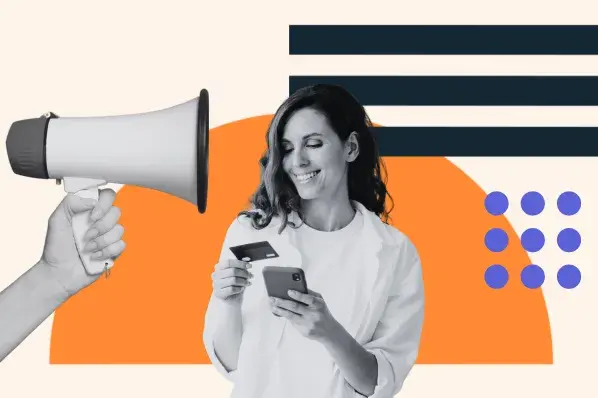
.webp)
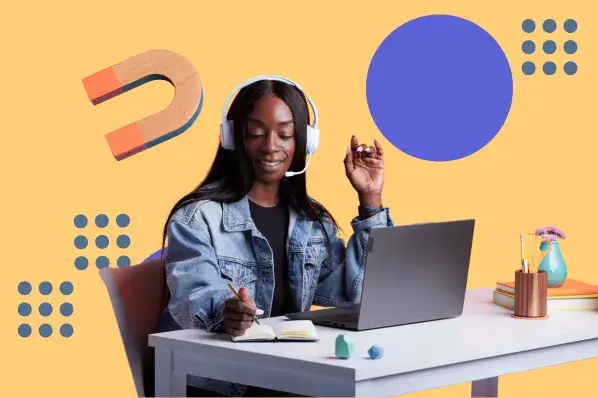
![7 Customer Acquisition Challenges You Might Face This Year [New Data]](https://53.fs1.hubspotusercontent-na1.net/hubfs/53/customer%20acquisition%20%20(1).webp)


